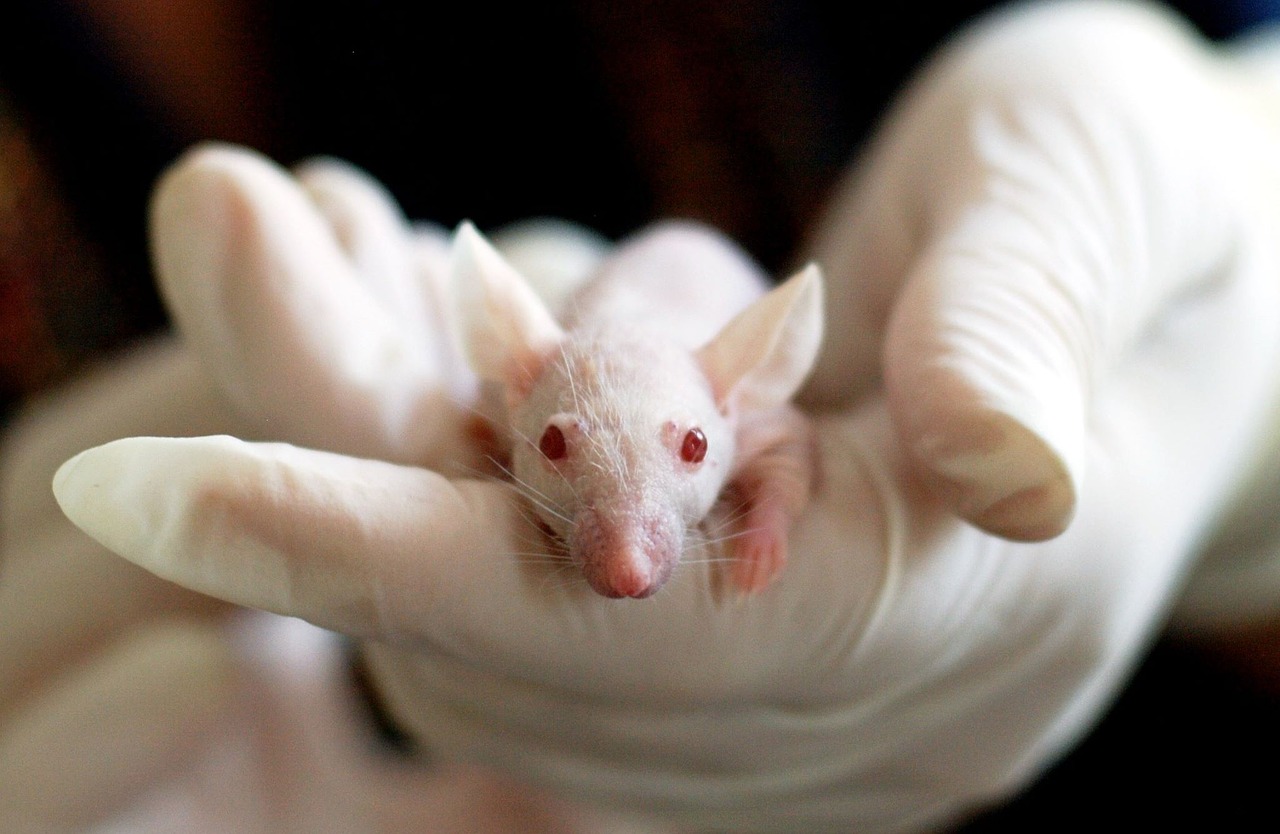If you haven’t already, first read part 1 of this post: Prions – Proteins that won’t follow the rules.
Several fungal proteins that exhibit prion protein characteristics have been identified. As a group they are called yeast prions, due to their initial discovery in Saccharomyces cerevisiae in the 1990s. Some prions can help cells survive, even when they form aggregates. Mod5, one of these yeast prions, confers antifungal resistance while forming amyloids. Yeast cells increase Mod5 production with increasing fluconazole stress, allowing them to survive in an increasingly hostile environment. This suggests that prion proteins may have formed a synergistic relationship with yeast and fungi, resulting in co-evolution with both species.
Stability influences prions’ complex roles
Prion proteins are expressed throughout healthy neural tissue, but their function is not known. Prion proteins have been implicated in synaptic plasticity in the hippocampus, the part of the brain that encodes long-term memories. One group found that prion proteins helped to induce long-term potentiation (a sustained, elevated neural response thought to be involved in memory) in the hippocampus while lack of prion proteins resulted in long-term depression (a sustained, reduced neural response thought to be involved in forgetting). However, a similar study found that there was more plasticity than normal in the hippocampus of mice lacking prion proteins. A comprehensive review in Nature from Drs. James Shorter and Susan Lindquist of the Whitehead Institute explains how prions may have contributed to evolution and their capacity in memory.
Any molecular basis for long-term memory formation must explain its endurance (for many years) despite the continuous turnover (every few hours) of the proteins that might encode them… The conformational replication of prions provides another durable form of molecular memory. Moreover, as is clear from studies in yeast, prion conformations are not usually toxic. Incredibly, prion-based mechanisms might operate in individual neuronal synapses to maintain their growth and contingent long-term facilitation.
– James Shorter PhD and Susan Lindquist PhD
Researchers at MIT found prion protein in mice hematopoietic stem cells (HSCs), cells found in bone marrow that generate the various cells that make up blood. The gene for prion proteins (the mammalian prion) was expressed in all long-term HSCs, and when the researchers generated HSCs without it, the HSCs struggled to make new cells and the likelihood of rejection after transplantation increased. When prion proteins were restored via a retroviral infection, the HSCs regained their regenerative ability and underwent more successful engraftments. While these observations cannot explain the function of the prion proteins, they strongly suggest that prions play a role in the normal function of HSCs and thus in the maintenance of a healthy blood supply.










